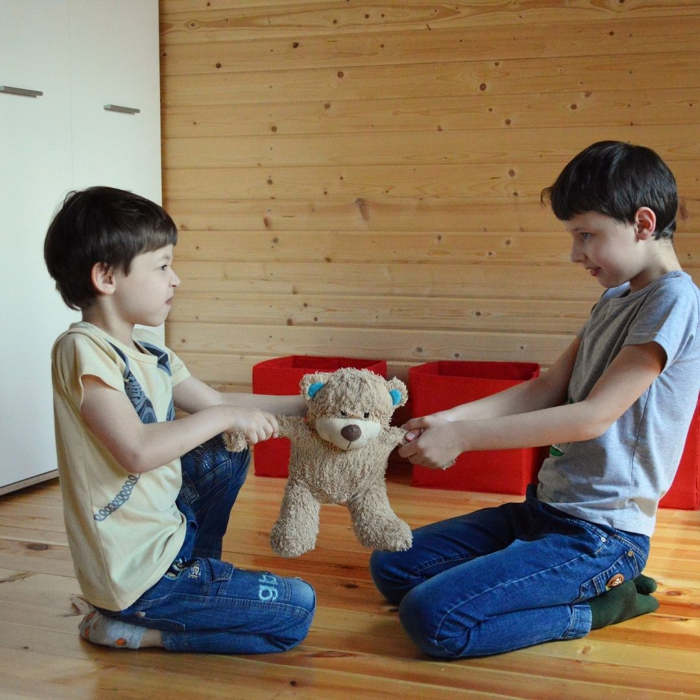
Gramática Inglesa - English Grammar - Recursos Educativos en inglés
En inglés decimos "much more" para decir "mucho más". También podemos decir "a lot more". Ambas expresiones son correctas.
Sin embargo, a veces diremos "many more" en lugar de "Much more". El significado es el mismo, pero "many more" se utiliza cuando se habla de un sustantivo contable, mientras que "much more" se utiliza con un sustantivo incontable.
Para explicarlo rápidamente, los incontables son sustantivos que no se pueden contar (como el agua, por ejemplo), mientras que los contables son sustantivos que se pueden contar (como las manzanas, por ejemplo). Te invito a que leas las diferencias entre much y many. Y también Nombres contables e incontables en inglés.
Por ejemplo:
There is much more coffe.
There are many more bananas.
Por otro lado, "a lot more" puede utilizarse tanto para sustantivos contables como incontables.
There is a lot more coffe.
There are a lot more bananas.
Very much
Probablemente conozca la expresión "thank you very much". Así que ya sabes que podemos decir "very much" para decir "mucho". Pero si queremos decir "mucho más", entonces será diferente. Como hemos visto anteriormente, tenemos que decir "much more" o "a lot more" para decir "mucho más".
Recuerda
Recuerda que el error que hay que evitar al decir "mucho más" es decir "very more". Así No se dice en inglés.
- Much more - mucho más (incontable).
- Many more - mucho más (contable).
- A lot more - mucho más (contable e incontable).
- Very much - Mucho
🔆 También te puede interesar:
- ¿Qué son los phrasal verbs en inglés? Los más usados
- Cómo expresar opiniones en inglés
- Uso de whose en inglés - Pronombres relativos
- Who, which y that - Pronombres Relativos en inglés
- Was going to - El futuro en el pasado
- DO y MAKE en inglés ¿Cuáles son las diferencias?
- Cuándo usar Since, For, Ago: ¿Cuáles son las diferencias?
- The Gerund - El gerundio en inglés
- El Imperativo en Inglés - Imperative
- El comparativo y el superlativo en inglés
- Preguntas con WH-Questions 01 - What, where, why, who
- Preguntas con WH-Questions 02 - When, Which, Whose, How
- Cómo expresar cantidades en inglés
- Adjectives - Los Adjetivos en Inglés
- Uso de some / any acompañando nombres contables/incontables
- Modal verbs - Verbos modales en inglés
- El tiempo futuro en inglés
- Present Perfect Progressive - Presente perfecto progresivo
- Present perfect - El presente perfecto inglés
- Pretérito progresivo o continuo en inglés
- Simple past - El pretérito o pasado simple en inglés
- Presente continuo - Forma Afirmativa - English grammar
- Presente continuo - Forma Negativa
- Puntuación en inglés - All about punctuation in English
- Los verbos Auxiliares en inglés - Auxiliary Verbs
- Verbos irregulares en inglés, la lista que debes conocer
- Cómo decir la fecha en inglés - How to say the date in English
- Construir frases simples - To build a simple sentence
- Nombres contables e incontables en inglés
- Presente continuo - Forma Interrogativa
- Cómo Preguntar y decir el precio en inglés





